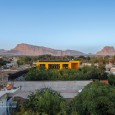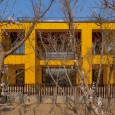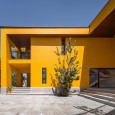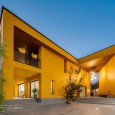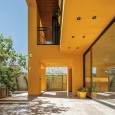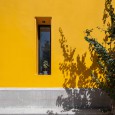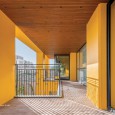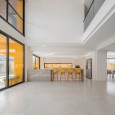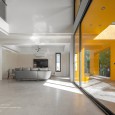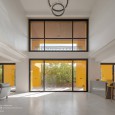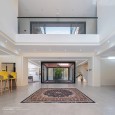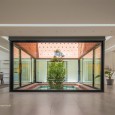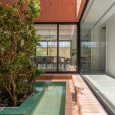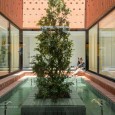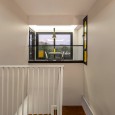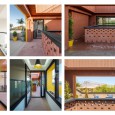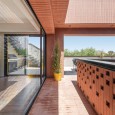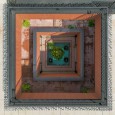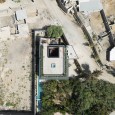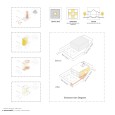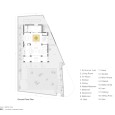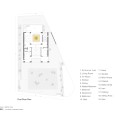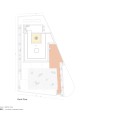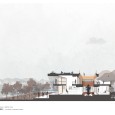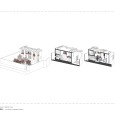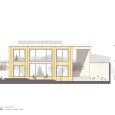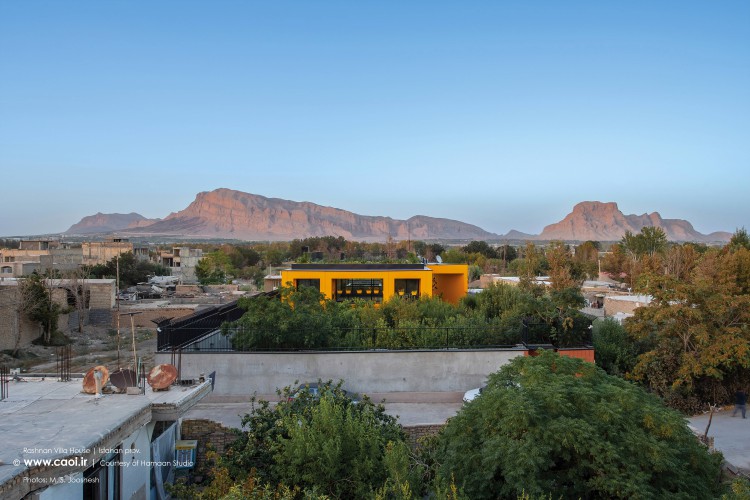Description
When the client first approached us, the building stood as an unfinished structure nestled in a garden near town. The structure was a typical one, with a nine-squared geometry: a naive reinterpretation of traditional pavilions, devoid of architectural articulations and spatial details, yet to be ornamented with some sheds and cliché decorative elements. However, the client envisioned more: not just a leisure vacation villa, but one that could serve as a home itself, not merely a short-term substitute for an urban house. They also wanted the design to materialize their childhood memories. The project, to us, embodied a unique architectural self-creation experience, in a dialogical relationship with the client's aspirations.
Our initial focus was dealing with solving pre-existing structure issues and problems. The previous two-story facade design had disrupted visual connections, both internally and externally. Our redesign sought to withdraw the separation line between the stories. The existing void in the ceiling extended downward, assuming the role of an "intermediary space". This intermediary space is the key to complete spatial articulation and creates a spectrum between public and private areas, offering cohesion instead of a decisive separation. The design also considered a new entrance and a bridge-like circulation path around the first floor, advancing and refining the previous deficiently detailed structural articulations. These articulations balance the flow of life and enhance the experience of living amidst mountains and trees. The building boasts a concrete structure and features underfloor heating via a packaged system for heating and split units for cooling.
Farsi
Please click on the Link below to read the information in Farsi Language.
Click Here!
